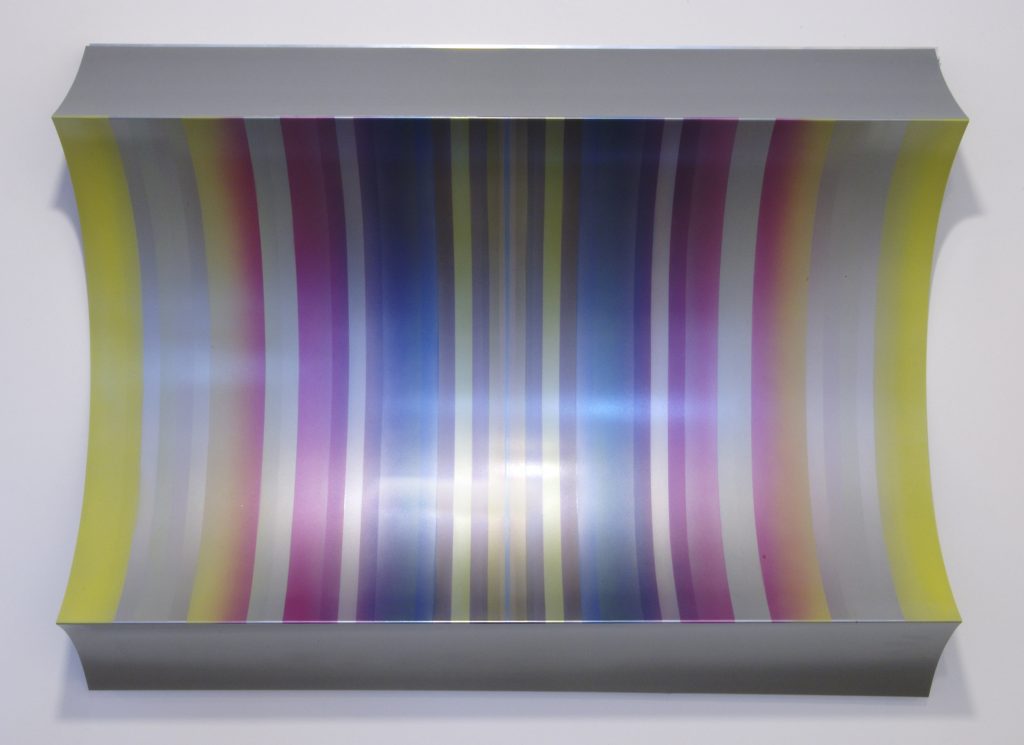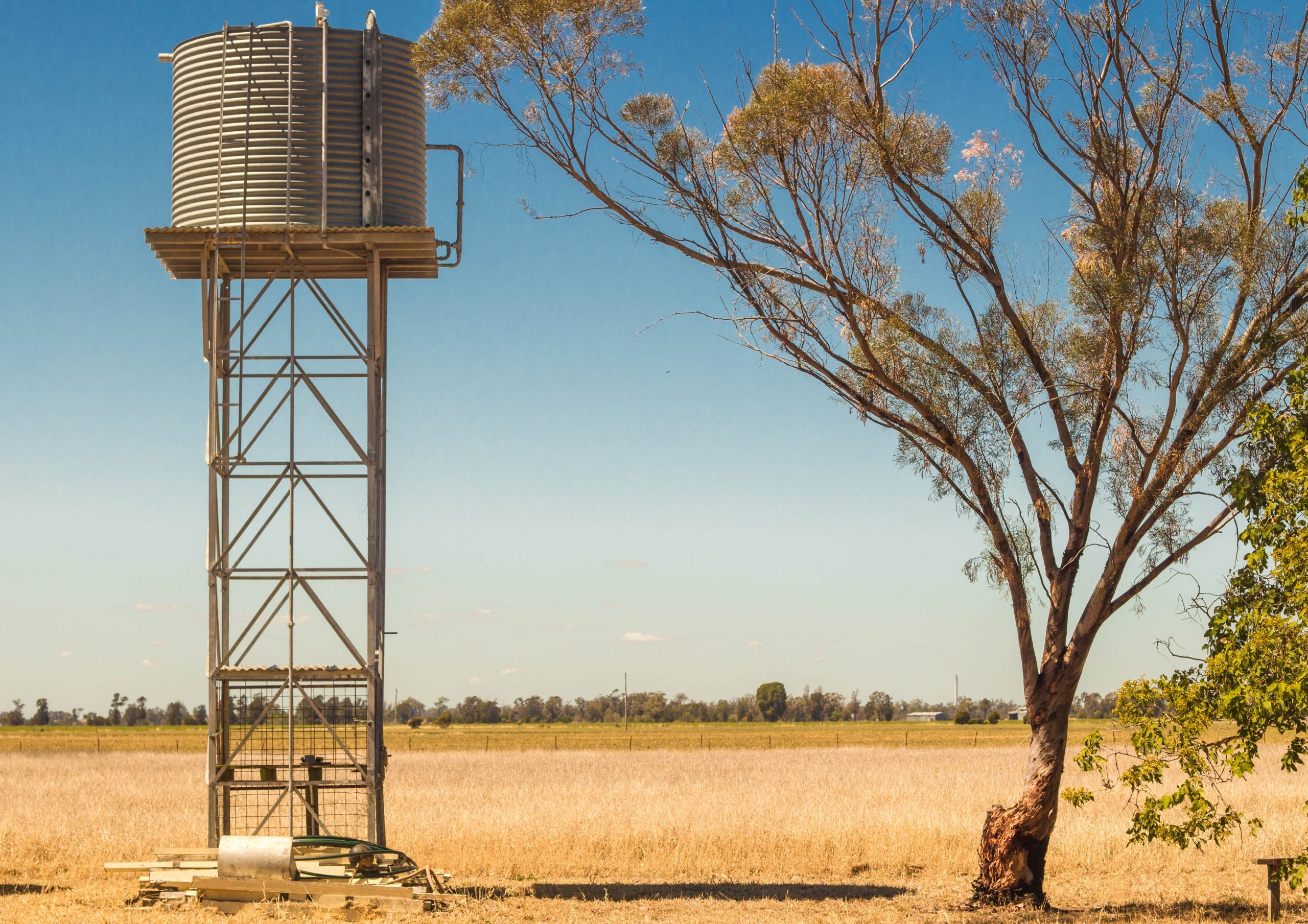Giles Ryder – Hey That’s My Work: My Name Should Be There!


Giles Ryder http://www.ccnoa.org/Giles-Ryder is a visual artist is known for his installations utilising industrial materials: hand-rolled aluminium, auto-lacquer, neon signage, and mirrored and coloured Perspex. His work has attracted attention due to its minimalism, arresting use of colour, and his stylised and visceral use of form.
In March 2010, Giles was flicking through the Spectrum of the Sydney Morning Herald when he saw a photo of one of his artworks. Hard Kandy was a 2006 work which had been acquired by a syndicate known as ‘Hawksbury One’ which had been formed by a group of friends to purchase works from up-and-coming artists that they couldn’t have afforded individually. Hawkesbury One formed the basis of a story in the Weekend Spectrum section entitled “Collective Vision”, about everyday people who pool their money to buy art. The image accompanying the article prominently showed four members of the group sitting beneath Hard Kandy however the newspaper did not mention any details about the artwork or the fact that it was by Giles Ryder.
Giles came to Arts Law because his initial excitement over being featured in the paper quickly turned to disappointment when both he and his artwork were not credited. We informed Giles that artists have moral rights in their works, one of which is the right of attribution. This is the right of an artist to be identified and named as the author of his work when it is exhibited or reproduced. This right lasts for the lifetime of the author and 70 years following the author’s death. Moral rights are personal and cannot be given away, sold or otherwise disposed of.
We sent a letter, on behalf of Giles, to Fairfax Media (publisher of the Sydney Morning Herald), outlining the situation and Giles’s moral right. An agreement was reached quickly and amicably. An image of Hard Kandy, similar in size to the original image, was published in a prominent part of Spectrum, with the following caption:
“The artwork Hard Kandy, pictured above/below, was created by Giles Ryder, who should have been credited when an image of Hard Kandy accompanied the story “Collective Vision”, Spectrum, March 20-21, 2010.”
Giles was delighted with this outcome. He observes: “Too often artists are forced into a position where they feel unable to approach such issues. It’s good to know that artists do have rights over their work and that we can get support to do something about the issues that we face.”
As a visual artist, it is important to remember that along with copyright you may have personal moral rights in the works you create. If you have any queries regarding moral rights and attribution, feel free to contact Arts Law for an explanation.
Arts Law volunteer Scott Maxwell contributed to this article.




